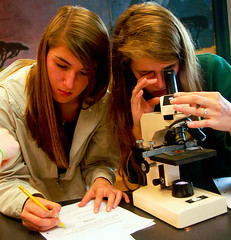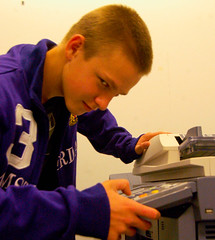Every ten years, Proctor (and every other school) undergoes re-accreditation by the New England Association of Schools & Colleges. Jim Mooney, the organization's Associate Director, addressed Tuesday evening's faculty meeting, introducing a process that will take almost two years.

While we call this an
accreditation process, Proctor's accreditation is not in doubt. Jim Mooney made it perfectly clear that the process is intended to enable extensive self-study, consideration of mission and methods, and--ultimately--improvement.

The team of approximately ten educators and administrators who will visit in the fall of 2013 will evaluate our performance in fifteen categories or "standards," but the independence of the school--its unique mission, philosophy and values--is respected and celebrated. Thus, the school is evaluated against its own stated goals and objectives.
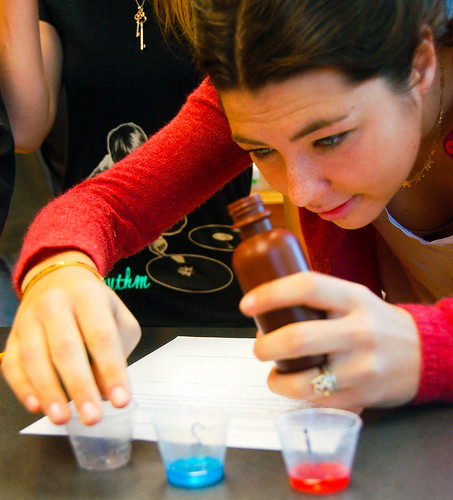
The degree to which a school capitalizes on the accreditation process as an opportunity for improvement and generation of institutional momentum is idiosyncratic; some seize the opportunity and flourish, while others simply wade through the process.

Historically, Proctor has benefitted from NEASC evaluations by engaging in
extensive self-study and approaching the process with transparency and honesty. In fact, the very existence of our advisor system was the outcome of an NEASC evaluation in 1972.

The visiting team will offer both recommendations and commendations. The #1 commendation from our last evaluation cited the community's "spirit and warmth" and its "unwavering commitment to the mission of the school." That's an asset we have not lost.
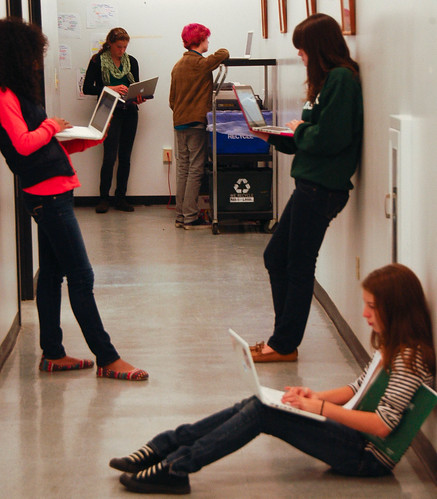

Perhaps the visiting team will witness students role playing Act V Scene ii of
Hamlet, in which Hamlet and Laertes accidentally exchange foils while dueling, and Laertes dies of his own treachery!
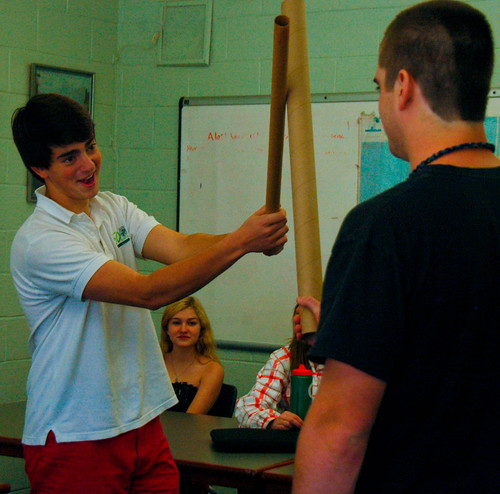
We thank Jim Mooney for introducing us to the NEASC accreditation process, a process through which we will benefit and grow.

























